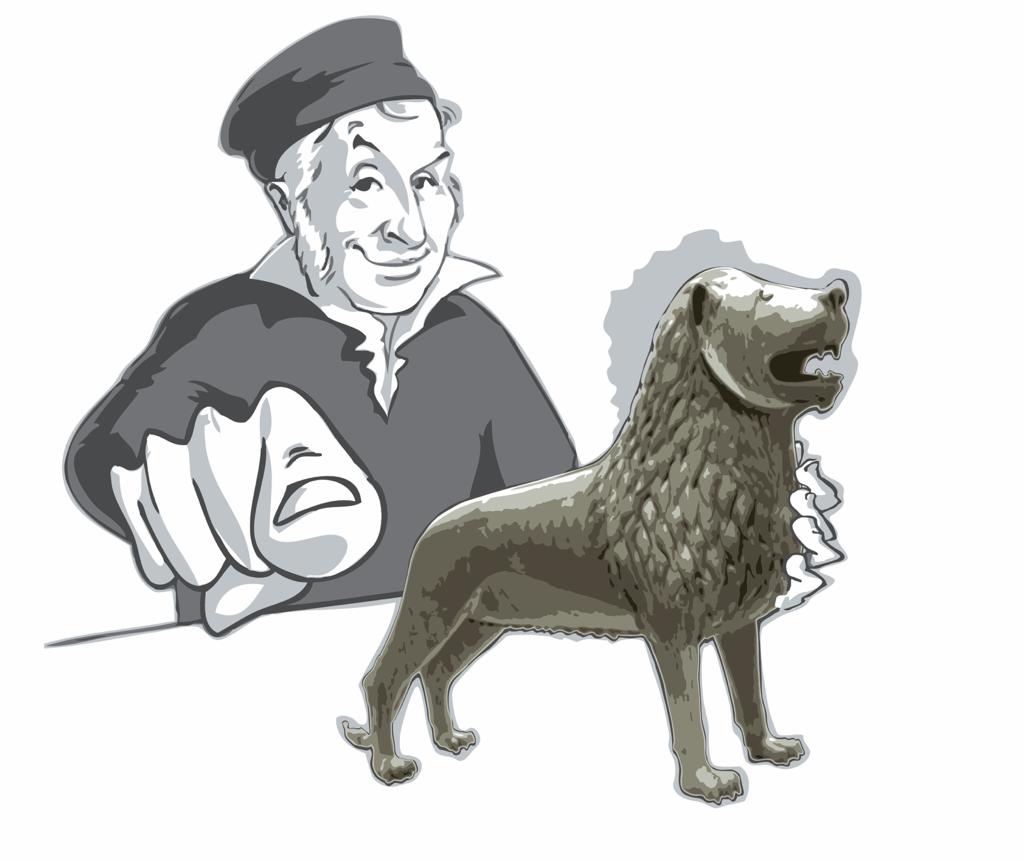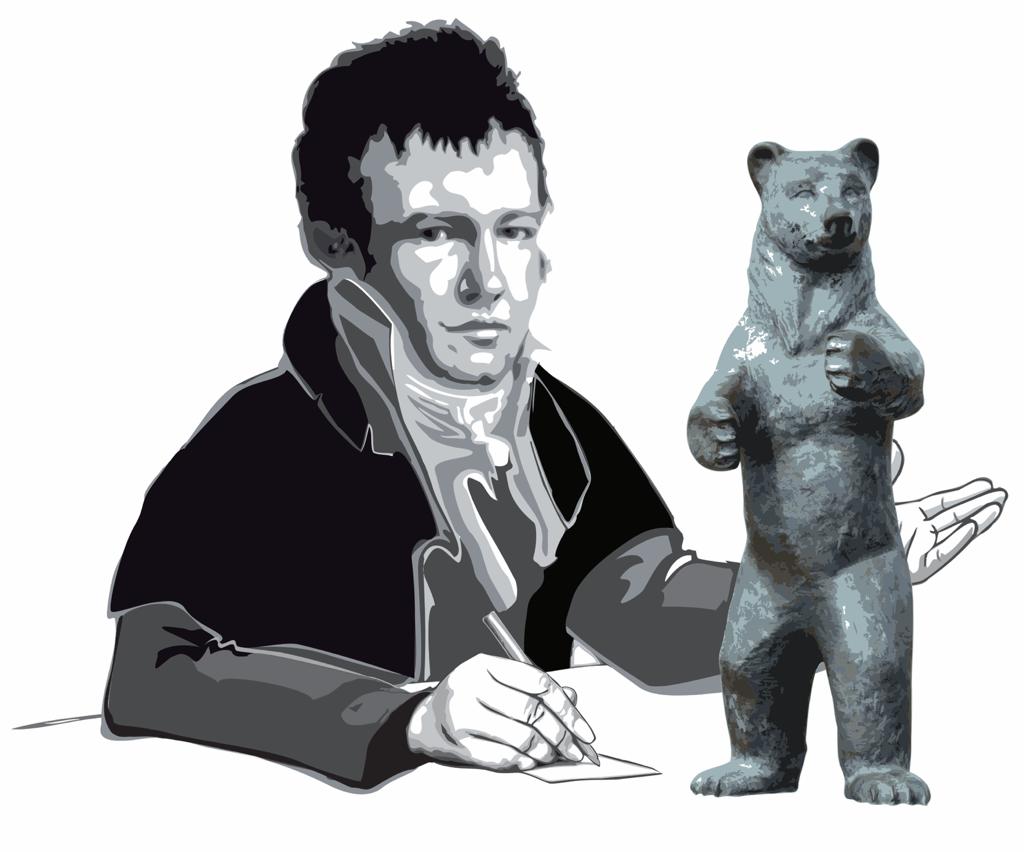Gauss Telegraph: Interview with Denis, our Salsa teacher
“Each person has their own Salsa inside them”
1. What´s your name and where do you come from?
My name is Denis Sotomayor Zakharov. I was born in Russia, my mother is Russian and my father Peruvian. When I was three years old, my family and I moved to Peru. I lived there and did all my studies from school until my Bachelor’s degree. Then, I returned to Russia to do a Master’s degree and afterwards I came to Brunswick around September of 2017. I speak English, Spanish and Russian.
2. What are you doing in Brunswick?
I´m a PhD student at the Institute of Fluid Mechanics. There, I perform research and work on projects related to aeronautics.
3. Why did you choose Brunswick?
When I finished my Master’s degree, I was looking for a university in Europe where I could do my PhD in the field of aeronautics and I found that the Technical University of Brunswick is one of the best in Germany regarding this field. Also, Germany is a country where everyone wants to go to develop themselves in the fields of Mechanical Engineering.
4. Since when are you dancing and what/who inspired you?
I started to dance exactly in January of 2016. I had been at a dancing school in Russia for almost two years. I dance Salsa Cubana (also known as Salsa Casino), a little bit of Bachata and a little bit of Merengue… but everyone dances Merengue ☺. For people that actually know about dancing, I dance what is called Timba. Timba has different kinds of dancing styles and Salsa Cubana is part of this genre.
When I came to Russia, after being almost all my life in Peru, I started to try to get to know people. So I remember meeting this Russian girl who said: “I really like to hang out with you and you know, I want to make a surprise for you and this Saturday we will go to a disco that you will really like”. And I said okay, even though I was wondering what it could be.
She took me to a Latin disco and in this disco everyone danced Salsa. And she said: “Look Denis, this is your place because everyone dances Salsa and this is your music”. And I replied: “This is very interesting, because I really don’t know how to dance Salsa. I have never danced Salsa in my life”. For her it was a little weird and surprising. The next day I was thinking about what I saw regarding these dancing styles, since these are part of my Latin American culture. I started to think that if I have this in my blood, then it would be great if I could learn how to control it and how to express it: To learn how to dance Salsa. This girl boosted my curiosity and soon I started to go to dancing lessons.
There is a very strong Cuban community in Russia. That’s why there are a lot of dancing schools. Salsa is a big industry there. I was in the best Salsa school in St. Petersburg. And the good thing for me was that it was free, because they had a rule in which Latin people could go to all the classes they want for free.
5. What kind of dances are you teaching at Gauss Friends?
 Mainly at Gauss Friends I teach basics of Salsa and Salsa Cubana, and usually we also switch to Bachata. We can dance a little bit of Merengue or Reggaeton. My approach at the Gauss Friends is more like 50% learning and 50% socializing. So everything that I do at the Gauss Friends is a mix between methodologies to teach the proper way to dance and socializing, as this is not a complete professional dancing course. Additionally, part of learning is to hang out with different people because each one has their own style. Each person has their own Salsa inside them. They have their own way of expressing themselves. There is a set of rules that you have to follow, but rules can be reshaped into your own style. I want people to feel than they can dance and express themselves with different people, and also from different cultures.
Mainly at Gauss Friends I teach basics of Salsa and Salsa Cubana, and usually we also switch to Bachata. We can dance a little bit of Merengue or Reggaeton. My approach at the Gauss Friends is more like 50% learning and 50% socializing. So everything that I do at the Gauss Friends is a mix between methodologies to teach the proper way to dance and socializing, as this is not a complete professional dancing course. Additionally, part of learning is to hang out with different people because each one has their own style. Each person has their own Salsa inside them. They have their own way of expressing themselves. There is a set of rules that you have to follow, but rules can be reshaped into your own style. I want people to feel than they can dance and express themselves with different people, and also from different cultures.
6. What are the advantages from learning a new dance?
It helps to express yourself to others. Learning a dance is like learning a language. I mean if you want to talk to someone who speaks German, you have to learn German. These are kinds of communication skills that you develop with people, but not in terms of vocabulary and words, but in terms of movements and expressions. Additionally, it helps you get to know yourself, your movements and improve your coordination.
7. In what kind of way is dancing an intercultural exchange?
First of all, Salsa is related to Latin American culture. Salsa evolved in countries like the Dominican Republic, Colombia, Cuba, Peru and so on. In those countries, everyone is familiar with Salsa and they enjoy it. So this course shows how the Latin American culture has developed in terms of dancing and showing yourself to people.
Second, when people from different countries gather together to dance Salsa, there is this situation where the woman and the man can break the barrier of distance: you create a small microenvironment where they can actually talk. And then all kinds of conversations can evolve depending on your attitude, creating a way to talk about yourself and, likely, about your culture. I consider that all this has to be done with respect because you also have to know that there is a responsibility of being close to other people. So don’t just think about yourself, but also about the other person. ☺
8. When are the dancing classes taking place at Gauss Friends?
I do classes at Gauss Haus on Tuesdays from 8:30 p.m. to 10 p.m. This is directed to beginners and people that want to get into the world of Salsa. There is a second schedule on Wednesdays from 8:00 p.m. to 10:00 p.m, also at Gauss Haus, in which I do the classes in a more technical way for people that want to learn even more about how to dance Salsa Cubana. Ah! And all classes are for free. ☺



You must be logged in to post a comment.